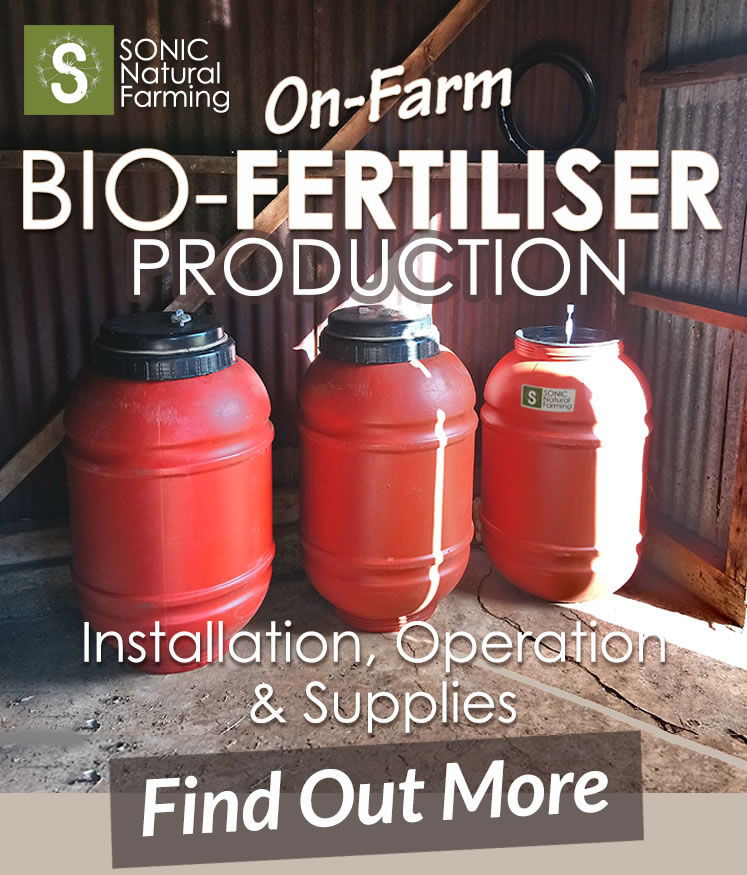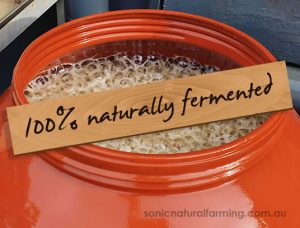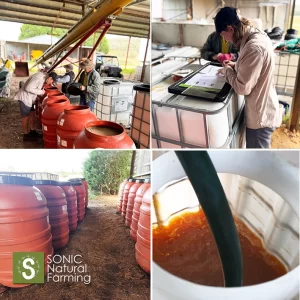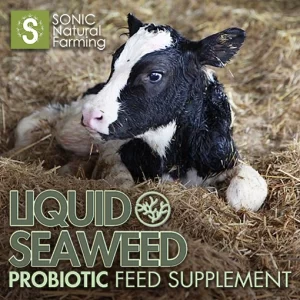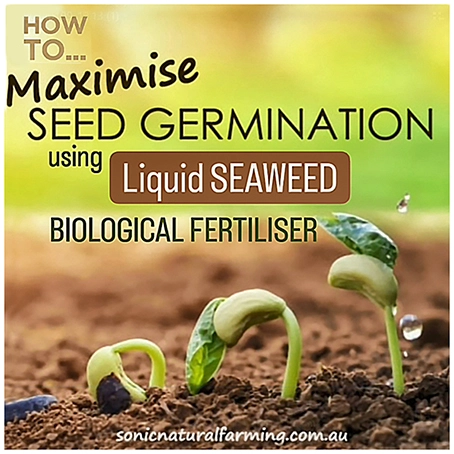Dandelions, Taraxacum officinale, are often dismissed as invasive weeds, but in the context of regenerative farming, they can offer a range of surprising benefits.
With their deep taproots, ability to break up compacted soil, and capacity to bring up valuable trace minerals, dandelions can play a vital role in improving soil health and supporting biodiversity.
In this post, we’ll explore how these often-overlooked plants can be incorporated into regenerative farming systems, providing Australian farmers with a natural tool to enhance soil fertility, manage erosion, and even offer forage for livestock—while still acknowledging the need for careful management to prevent them from becoming a nuisance.
The Mineral Power of Dandelion for Grazing Animals
Dandelions are often seen as a pesky weed in pastures, but they could actually offer significant benefits to livestock health.
According to research from Massey University, New Zealand, the mineral content of dandelion leaves is notably higher than that of common pasture plants like ryegrass and clover.
Dandelion leaves contain greater levels of essential minerals such as phosphorus, magnesium, sodium, copper, zinc, and boron—nutrients that are crucial for maintaining healthy livestock.
This nutrient-rich profile could make dandelion a valuable addition to grazing systems, especially in areas where livestock may be lacking in these vital minerals. Grazing animals could potentially benefit from the enhanced mineral content of dandelion, improving overall health, fertility, and productivity.
However, it’s important to approach dandelion management carefully. While it can offer nutritional advantages, an overabundance of dandelions can also disrupt pasture balance. As with any forage, moderation is key.
For more insights into the benefits of dandelion in livestock nutrition and its mineral content, check out the study by Massey University here.

Dandelion – The Hardy Survivor
One of the key strengths of dandelions is their remarkable ability to thrive in soil that is less than ideal for many other plants.
In pastures with low plant numbers and compromised soil fertility, dandelions can establish themselves more readily than other grasses or legumes. This is because dandelions are hardy, drought-tolerant, and capable of surviving in nutrient-poor conditions.
Dandelions deep taproots allow them to access nutrients and water deep within the soil, which helps them endure in areas where other plants may struggle.
Dandelions are not just survivors in poor soil conditions, but also a nutrient source for livestock grazing on these pastures. Their ability to thrive where other plants may fail can help increase the overall plant diversity of a pasture, offering additional nutritional value for grazing animals, and making them a valuable ally for farmers seeking to improve pasture productivity in low-fertility areas.

Dandelions as Mineral Accumulators and Indicators of Soil Health
Farmers can use the presence and health of dandelions as a natural soil health indicator, allowing them to make more informed decisions about soil management, fertilisation, and pasture improvement strategies. By understanding how dandelions interact with their environment, farmers can better assess and address soil fertility issues, improving the long-term health of both their pastures and their livestock.
Dandelions are highly resilient plants that can thrive in a wide range of soil conditions. However, like any plant, the abundance or poor growth of dandelions can provide clues about nutrient imbalances or soil conditions. Here’s a breakdown of nutrients that may be lacking in a pasture where dandelions are growing abundantly or poorly:
1. Macronutrients:
- Nitrogen (N):
Dandelions tend to thrive in soils rich in nitrogen, which encourages their vigorous growth. However, if there is an abundance of dandelions, it may indicate that the soil has excessive nitrogen. Conversely, poor dandelion growth might indicate a nitrogen deficiency. - Phosphorus (P):
Phosphorus is vital for root development and flower formation. If dandelions are growing poorly, it could suggest that phosphorus is deficient, as these plants may not be able to establish strong root systems or produce healthy flowers without it. - Potassium (K):
Potassium is essential for overall plant health, helping with disease resistance and water regulation. A potassium deficiency could cause weak, stunted growth in dandelions, making them more susceptible to environmental stress. - Calcium (Ca):
Calcium supports strong cell walls and root health. If the soil lacks calcium, dandelions might exhibit poor root development or yellowing of leaves (a sign of nutrient deficiency), although this is less likely to cause an abundance or deficiency in growth. - Magnesium (Mg):
Magnesium is essential for chlorophyll production, and a lack of it could result in yellowing of the leaves (interveinal chlorosis), though magnesium deficiencies often affect more sensitive plants than dandelions.
2. Micronutrients:
- Iron (Fe):
Iron deficiencies are less common in soils rich in organic matter but could lead to chlorosis (yellowing leaves with green veins) in dandelions. If the soil is not acidic enough (high pH), iron may become less available to plants, leading to iron deficiency. - Manganese (Mn):
Dandelions are generally tolerant of low manganese levels, but insufficient manganese may lead to poor growth or leaf discoloration in some conditions. - Boron (B):
Boron is important for cell wall formation and root development. A deficiency can lead to distorted growth, stunted plants, and poor root formation, which may limit dandelion growth in affected soils. - Copper (Cu) and Zinc (Zn):
Deficiencies in copper and zinc can cause abnormal growth and poor development of leaves and stems. These deficiencies are rare but could contribute to poor dandelion growth if the soil is deficient in these trace elements.
3. Soil Conditions:
- Soil pH:
Dandelions prefer slightly acidic to neutral soils (pH 6-7), but they can tolerate a wide range of pH levels. Soils that are too alkaline (high pH) may limit the availability of micronutrients like iron, manganese, and copper, which could negatively impact dandelion growth. - Soil Drainage:
Poor drainage or compacted soils can lead to root rot and other stress-related issues for dandelions, causing stunted or weak growth. In compacted soils, dandelions may struggle to grow properly, as they have a deep taproot that requires adequate space. - Soil Aeration:
Compacted soils with low aeration may reduce the ability of dandelions to access oxygen in the root zone, leading to slow or poor growth. - Soil Organic Matter:
Dandelions tend to do well in soils with a decent amount of organic matter. Soils that are low in organic matter may show poor dandelion growth, as the plants rely on available organic nutrients for survival.
4. Excessive or Imbalanced Fertilisation:
- Over-fertilisation with nitrogen can lead to excessive vegetative growth in dandelions, making the plants more prone to stress and disease. This imbalance could also crowd out other plant species and lead to a monoculture of dandelions.
- Excessive potassium or phosphorus without proper nitrogen levels can also cause growth imbalances, possibly leading to poor root development or insufficient flower production in dandelions.
An abundance of dandelions suggests that the soil might be rich in nitrogen and perhaps other macronutrients, but it could also indicate a deficiency or imbalance in trace minerals (such as magnesium, iron, or boron) or soil pH issues.
Conversely, poor dandelion growth may indicate deficiencies in phosphorus, potassium, calcium, or micronutrients, as well as soil conditions that hinder their growth, such as poor drainage or compacted soil. Observing the overall health of dandelions in a pasture can serve as an indicator to adjust soil management practices, such as soil amendments or adjusting fertiliser use, to create a more balanced and productive environment for plant growth.

Dandelion as a Natural Aid for Soil Health
Dandelions deep taproots offer significant benefits to soil health. These long, sturdy roots can penetrate deep into the soil, often reaching several feet below the surface, which enables dandelions to access nutrients and water that are otherwise unavailable to shallow-rooted plants. This unique characteristic not only helps the dandelion survive in tough conditions but also plays a crucial role in improving soil structure and fertility.
One of the key benefits of dandelion’s deep taproots is their ability to break up compacted soil
Over time, compacted soils can become dense and difficult for other plants to grow in, leading to reduced water infiltration and root development. The dandelion’s taproot acts like a natural tiller, physically loosening the soil and creating channels that allow air, water, and nutrients to penetrate more easily. This can lead to better root growth for other plants and help reduce surface runoff, improving the overall water retention and drainage of the soil.
Additionally, dandelions help improve soil fertility by bringing up minerals from deeper soil layers. As their roots reach down into the earth, they accumulate nutrients that are inaccessible to many other plants. When dandelion leaves die and decompose, these nutrients are returned to the surface, enriching the topsoil with essential minerals like potassium, magnesium, calcium, and trace elements. This natural cycling of nutrients can help reduce the need for synthetic fertilizers, promoting a more sustainable farming system.
Top 10 Strategies for Efficient Water Management on your Farm
Dandelion and The Power of Diversity
Research has shown that the best results in pasture grazing come from the diversity of plant mixtures, with dandelions playing a crucial role.
A diverse plant mix provides critical trace elements and stimulates rumen flora, which can improve digestion and overall animal health.
While it’s difficult to quantify all the potential interactions between identifiable and unidentifiable components in the pasture, one thing is clear—there is no substitute for biodiversity. The complex, synergistic effects of these compounds create a more resilient and productive grazing system, ensuring better outcomes for both animals and the land. Diversity truly is the key to a thriving pasture ecosystem.
Summary
While dandelions may not be a one-size-fits-all solution for every farm, when used thoughtfully, they can be a powerful ally in a regenerative farming system. Whether as a companion plant, a forage option for grazing animals, or a soil health booster, dandelions offer numerous advantages that deserve more attention. By understanding their role and managing them carefully, Australian farmers can tap into their full potential, rethinking what we often regard as weeds and using nature’s own resilience to support more sustainable, healthy farming practices.
At SONIC Natural Farming, we’re committed to helping farmers easily access Biological Fertilisers, at the same time as saving big!
SONIC On-Farm Production Services minimise transportation costs. Plus, by reusing packaging on the farm, farmers can reduce plastic waste and packaging expenses, saving even more.
But that’s not all—SONIC Production and Training Packages empower farmers to produce their own Biological Fertilisers using the most eco-friendly and cost-effective solutions in the Australian organic fertiliser market today.
Want to see how we can help you beat the high cost of fertiliser?





